Four years ago, Jeff and Debbie Byron decided it was time to ditch their gas appliances and electrify their 1962-era rancher in Los Altos. They planned the conversion in stages, starting with the installation of a heat-pump water heater, followed by an electric air exchanger to heat and cool the house.
Today, the entire 2,800-square-foot home is all electric. In the kitchen, there's an induction cooktop and an energy-efficient refrigerator. In the laundry room is an all-electric dryer, which enabled the couple to completely cut off the gas line to their home.
The garage boasts a Level 2 EV charger that can quickly charge their car. Their latest addition is an electric fireplace with lively colors, which has become a visual centerpiece for their living room.
"I kind of like to be able to say we don't burn any carbon to heat up our home. It's fossil-free," said Jeff Byron, who served on the California Energy Commission from 2006 to 2011. "But the real benefit that I think would appeal to everyone is that it's cheaper ... than having natural gas."
The couple's all-electric home, which has been named a Silicon Valley Clean Energy Award winner, is among the 40-plus homes in Santa Clara and San Mateo counties that will be showcased in this year's Electric Home Tour on Saturday, Oct. 14.
Sponsored by Silicon Valley Clean Energy, Peninsula Clean Energy and the city of Palo Alto, the annual tour provides the public an opportunity to explore a variety of homes that have been either retrofitted, remodeled or newly built with electric conversion features, and gain insights about the process and the appliances firsthand from the homeowners themselves.
From midcentury ranchers and Eichlers to duplexes, townhomes and apartments, this year's tour provides diverse examples of electrified, climate-friendly living. Homes on the tour range from those that have at least two electric conversion features to those that are all-electric to ones that are net-zero and produce as much energy on an annual basis as they consume.
The transition to all-electric
The Byrons' home is among those on the tour that have completely ditched their gas lines. The duo said they were both eager to shrink their carbon footprint. The process to all-electrification, however, didn't come without concerns or challenges, Jeff said.
For Debbie, she was hesitant about giving up her gas stove when the time came to upgrade the kitchen, she told Silicon Valley Clean Energy when she and her husband received their clean energy award.
"I had cooked on it for a long time," she said. "I have a friend who said she had worked with an induction stove and liked it, so we went shopping, tried it out. And as it turns out, it's really marvelous."
Jeff said a big challenge they encountered when first starting the process was finding contractors familiar with cutting-edge electric appliances who could do the work.
"There were very few contractors who actually knew what to do and how to properly install (some of the appliances)," he said.
That's changing as more homeowners move away from natural gas to heat their homes and operate their appliances, he said.
"There are now more manufacturers, more supplies, more competition and more options for consumers to choose from," Jeff said.
In 2022, electric heat pump sales exceeded gas water heater sales for the first time in the U.S., according to the International Energy Agency. Financial incentives, according to the agency, have helped drive sales. The price for the cheapest heat pump models are now comparable to that of a new gas water heater.
Depending on the brand and size, a heat pump water heater can cost between $1,500 and $3,000, not including installation costs or state rebates. Gas water heaters can start as low as $700 and go all the way up to $2,700, according to data from LiveFree.
Building from scratch
Like the Byrons, Peter and Melanie Cross' home also is all-electric. The Palo Alto couple embarked on their electrification process 12 years ago by selecting a plot of land with mature trees and plenty of sun for their solar panels.
Unlike the Byrons, who updated their 1960s home, the Cross' designed and built their home from scratch with energy efficiency in mind during every step of the process to create a climate-friendly, net-zero residence.
They incorporated design elements, such as a row of windows close to the roofline for additional light, and created a longer overhang to shade them.
Their home includes solar panels on the roof, an electric heat pump for their water and HVAC systems, an induction cooktop and a Level 2 EV charger for their car.
Their latest upgrade is a Tesla Powerwall lithium battery backup system. During last winter's big storms, when wind and fallen trees caused local power outages, their lithium battery kicked in and they were never without electricity, the couple said.
What they learned along the way
The Cross' said they understand that not everyone has the luxury of creating a net-zero, all-electric home from scratch. There are plenty of other ways to make your existing home more energy efficient, they said.
"(Installing) a heat pump is a good start. Don’t wait until your hot water heater breaks to change it out," Peter said. "Get the electric service in first, and be ready when the old water heater breaks. It will be a quick change."
Despite all of their painstaking planning, Peter said there is one thing they would have done differently.
"If we had to do it over again or upgrade, we would have several, small tankless heaters located near fixtures throughout the house,” he said. "The hot water would be instant with the tankless, and there wouldn't be the need for a pump to constantly circulate the hot water throughout the house."
For those looking to convert to electric, Jeff Byron recommended becoming familiar with clean energy options available through the state's Community Choice Aggregation (CCA) program. Through the program, cities and counties can buy or generate clean energy for residents and businesses within their communities as an alternative to gas and electricity provided by PG&E. Peninsula Clean Energy is the alternative provider in San Mateo County, and in Santa Clara County, it's Silicon Valley Clean Energy. Through their websites, residents can find different service plans, rebates, information on how to obtain 0% loans for electric conversion projects and tips on how to go all-electric, as well as how to find a contractor.
How to tour the homes
This year's tour includes homes in Brisbane, Burlingame, Cupertino, Foster City, Hillsborough, Los Altos, Menlo Park, Millbrae, Montara, Morgan Hill, Mountain View, Pacifica, Palo Alto, Redwood City, San Carlos, San Jose, San Mateo, Santa Clara, South San Francisco and Sunnyvale.
The Electric Home Tour is free, but participants must register by Thursday, Oct. 12, to receive the list of homes featured on the tour.
Homes will be open to tour from 10 a.m. to 4 p.m. on Saturday, Oct. 14.
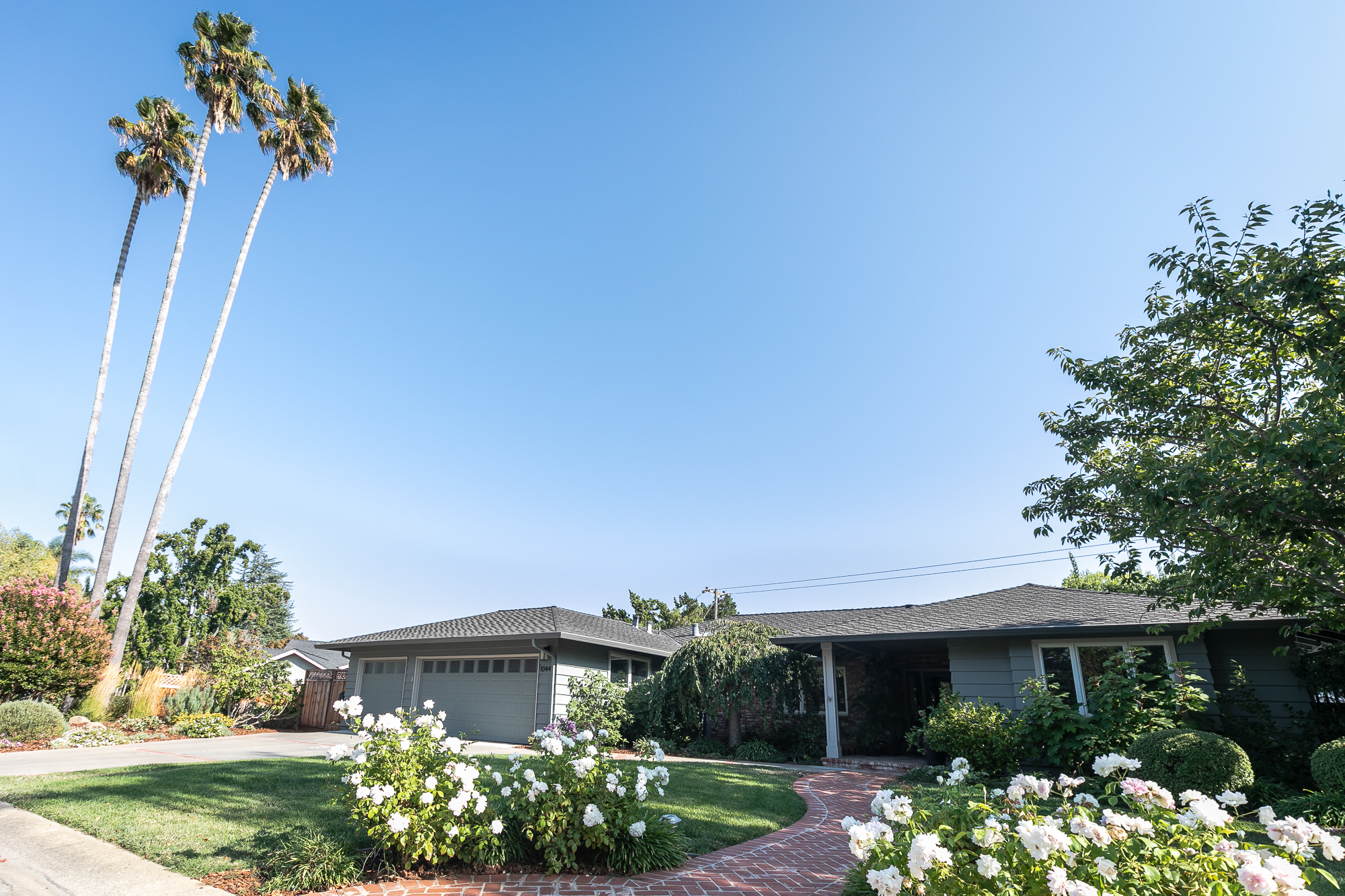
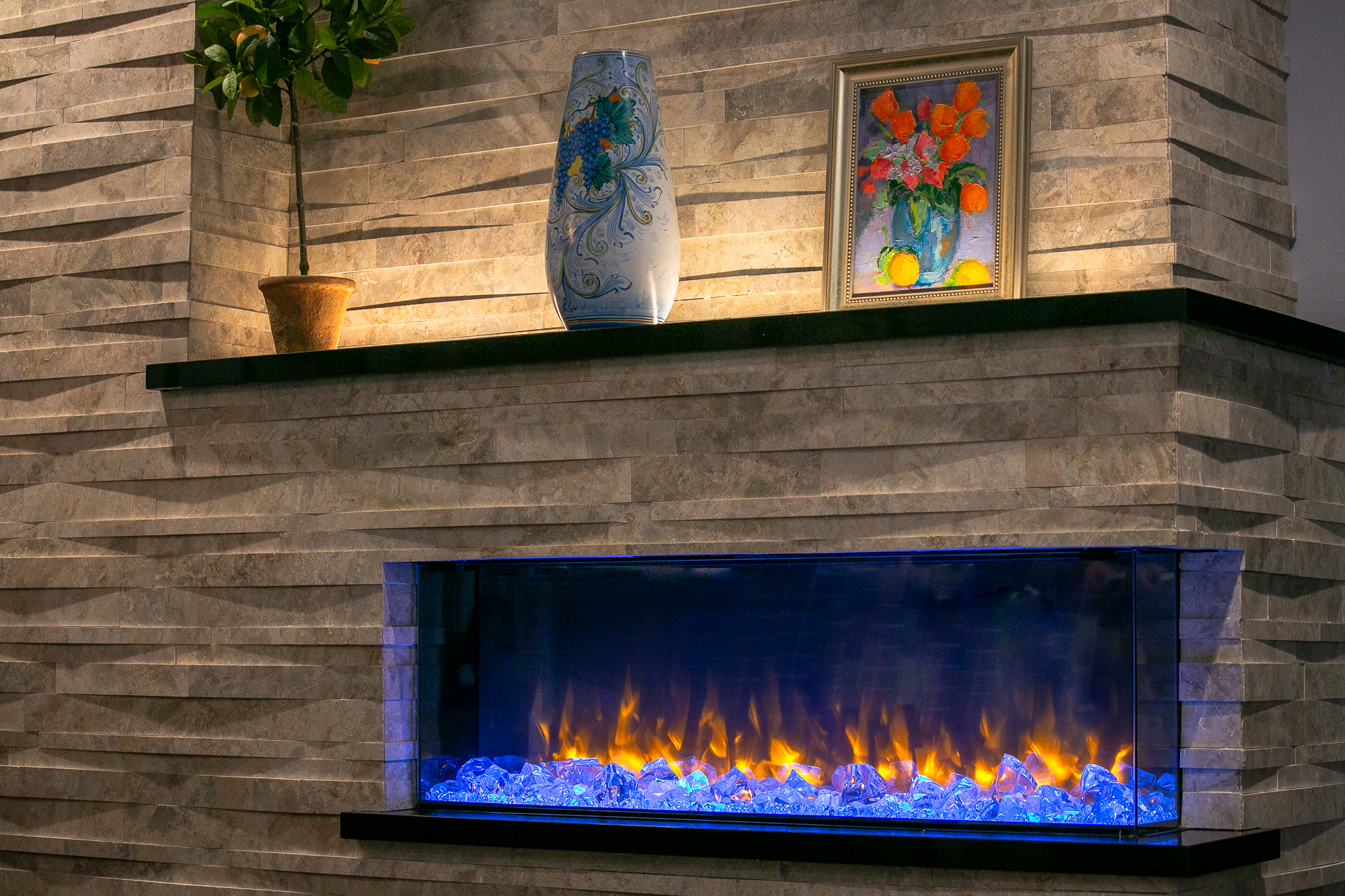
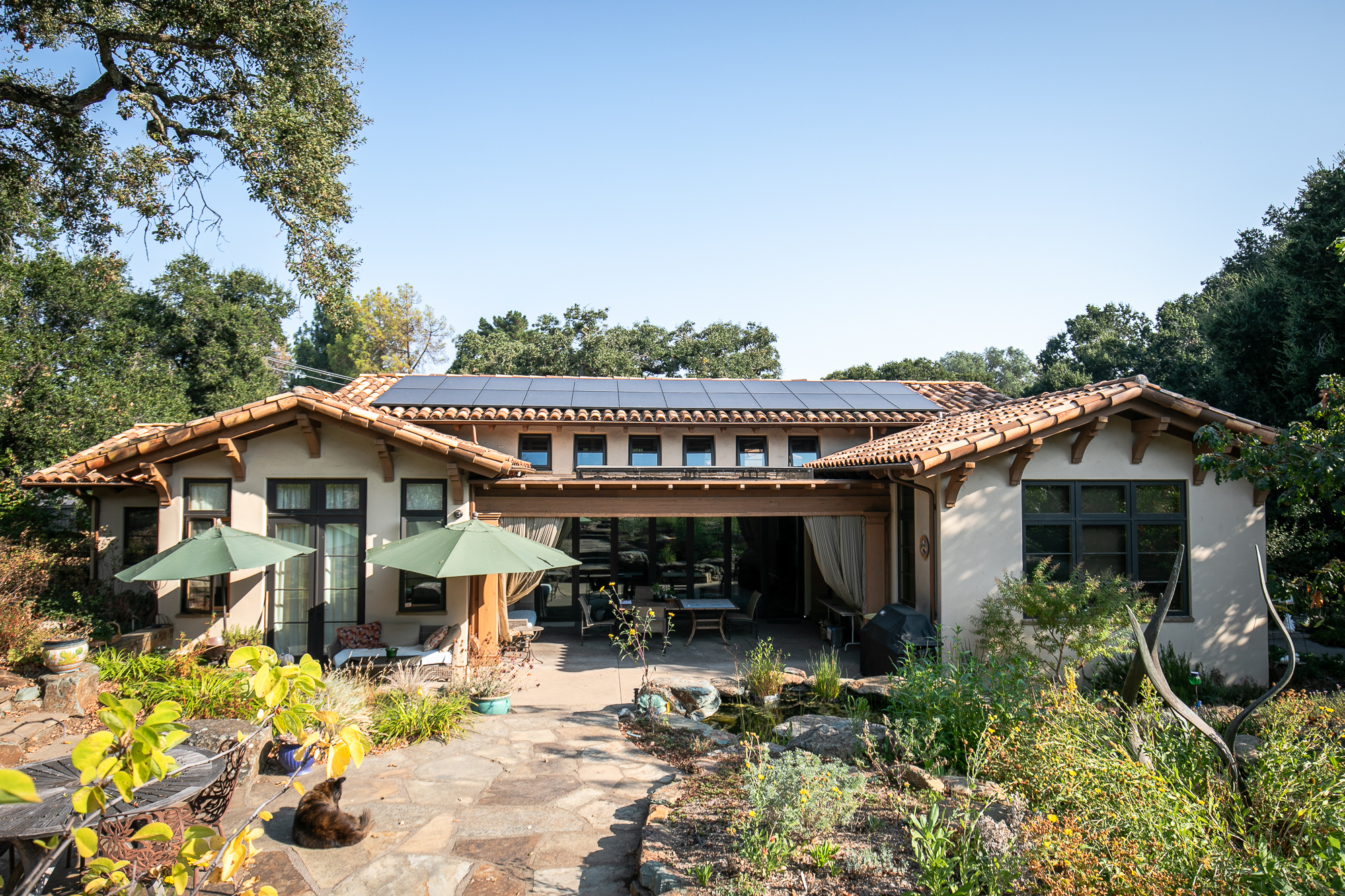
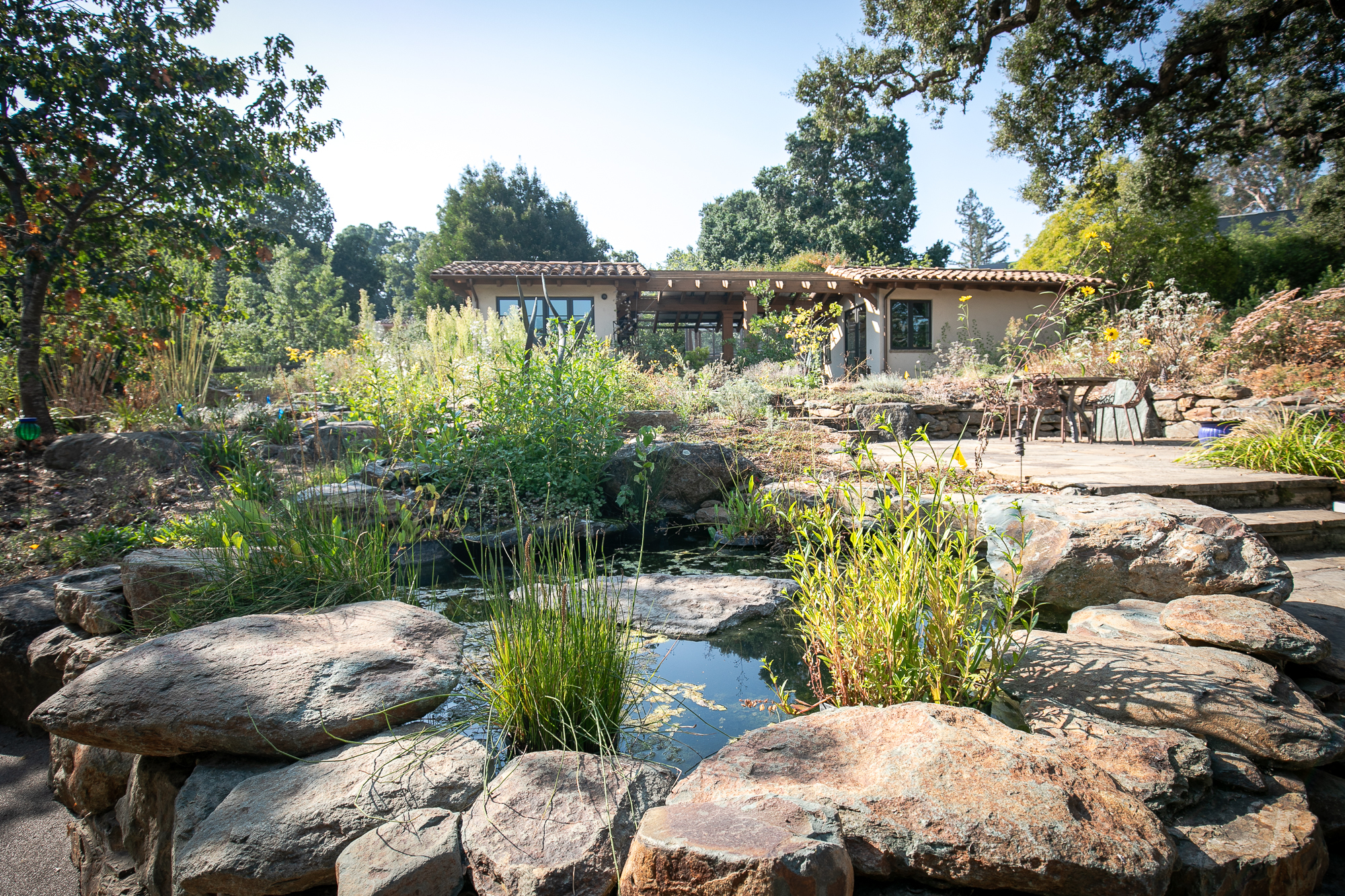
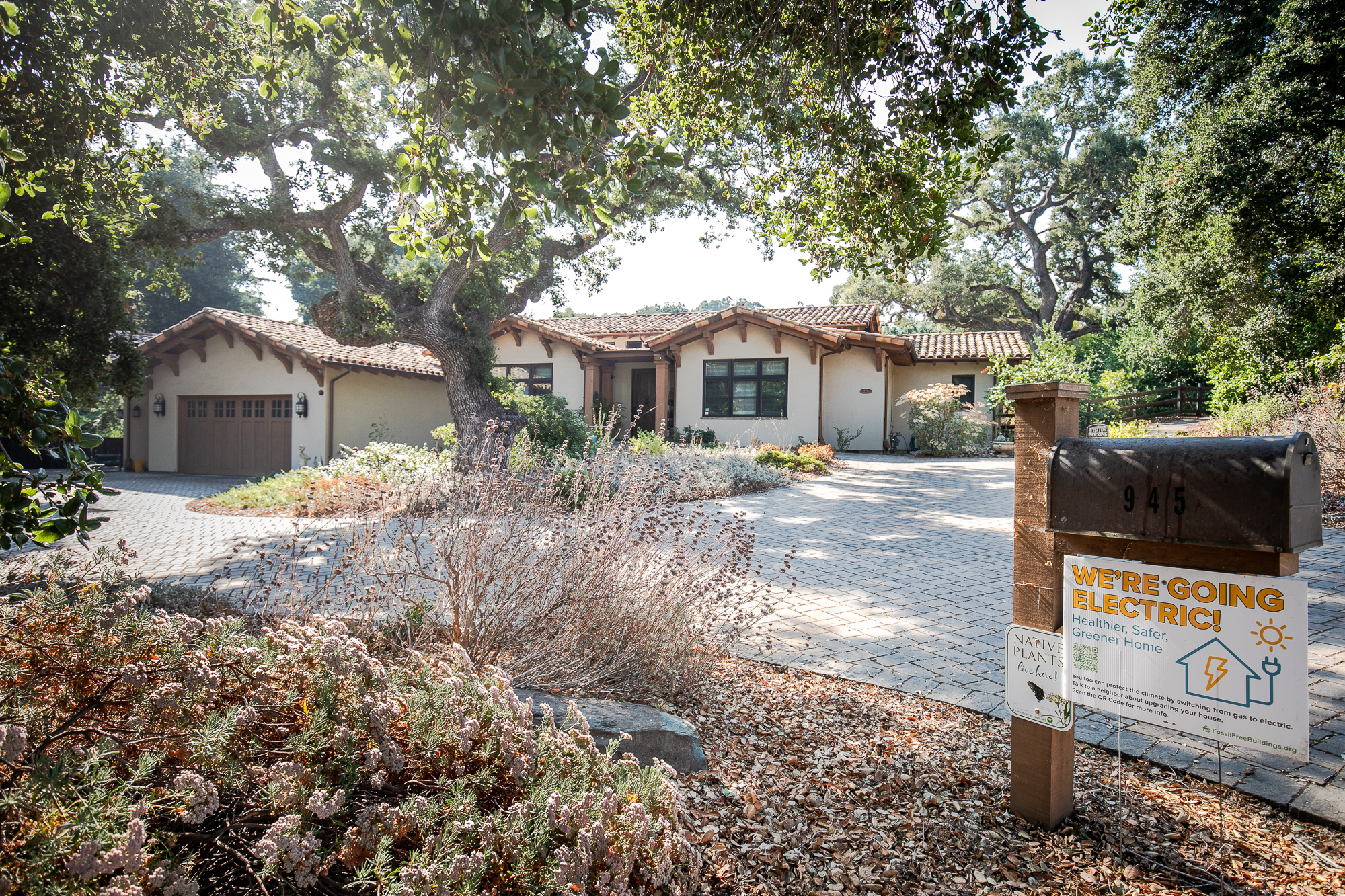
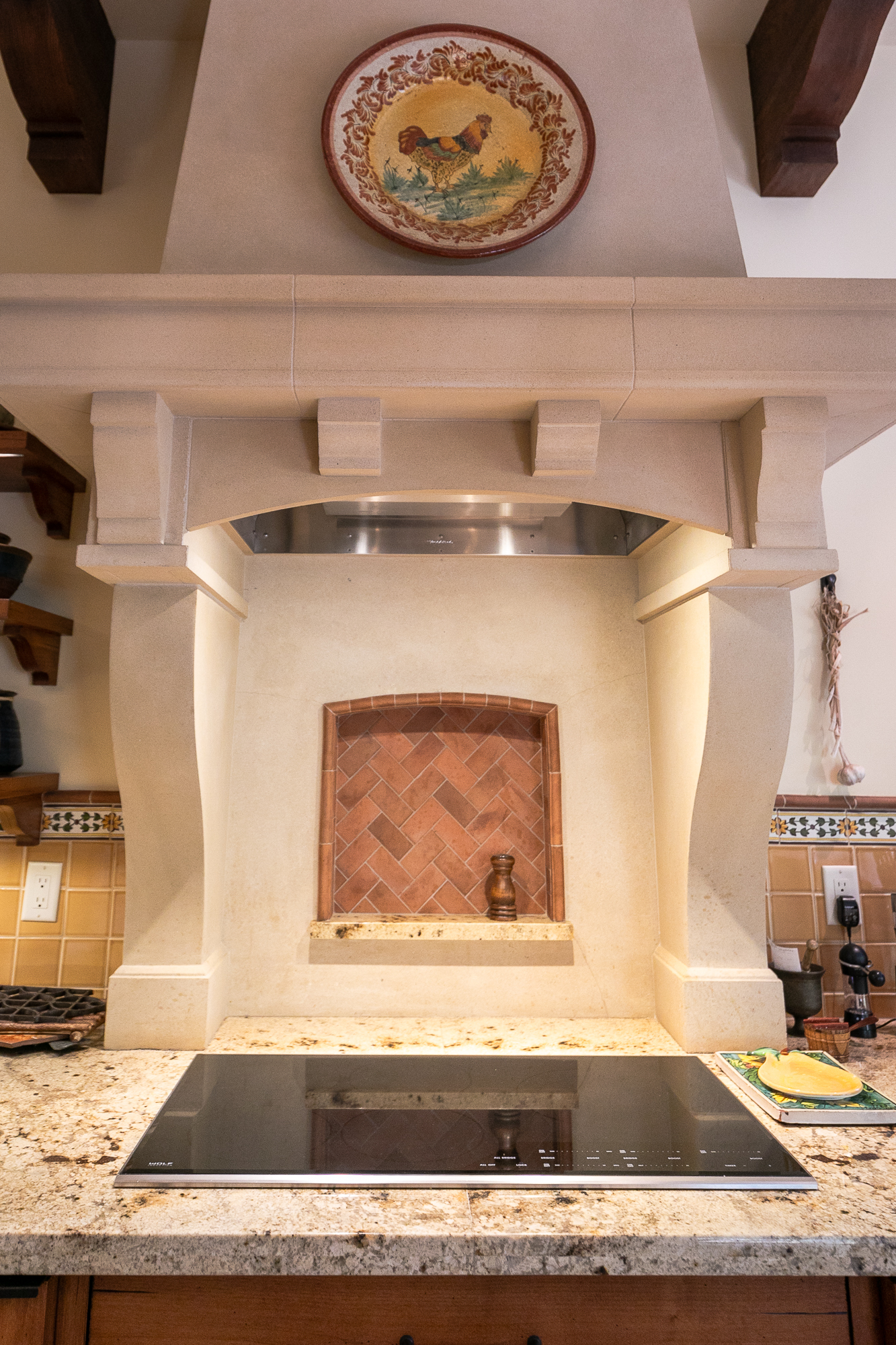

Comments